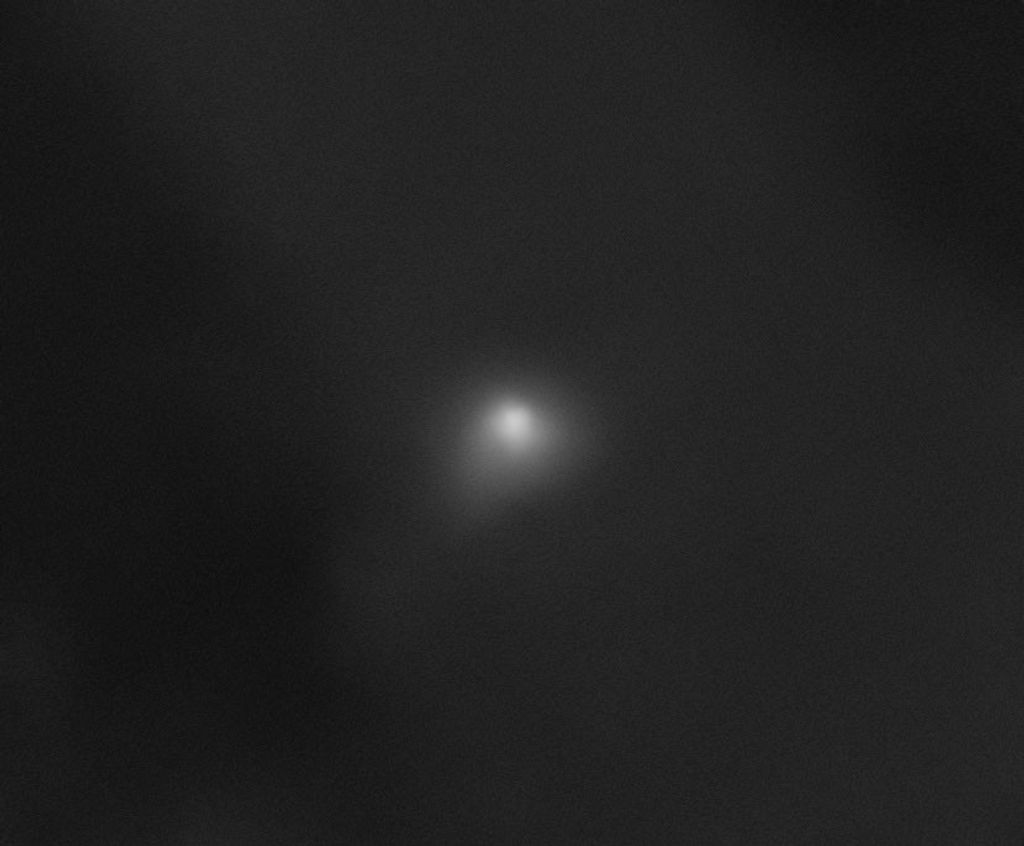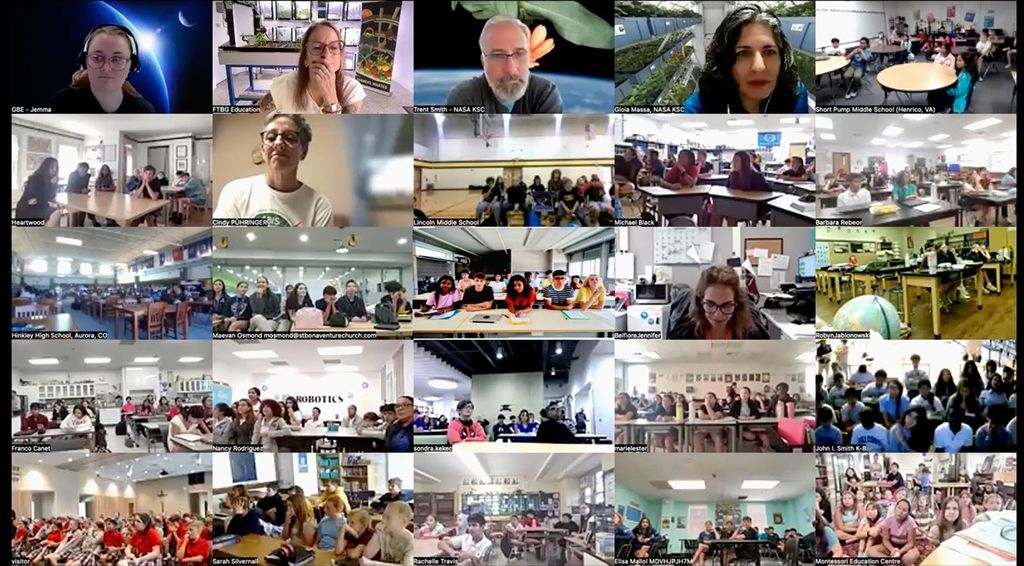Results of four dozen applications projects funded by NASA’s Gulf of Mexico Initiative, part of NASA’s Applied Sciences Program in the Earth Sciences Division, were presented during a three-day workshop in New Orleans on Jan. 23-25.
People from across the nation attended the workshop to report on accomplishments achieved across a variety of topics including fisheries management, levee management, marsh loss, water quality, coastal conservation, disaster management, and public health.
“These projects created tools and information that will benefit the Gulf of Mexico region for years to come,” said Duane Armstrong, chief of the Applied Science & Technology Project Office at NASA’s John C. Stennis Space Center, which manages the Gulf of Mexico Initiative and hosted the New Orleans workshop. “They are perfect examples of NASA Earth science research helping people and organizations across the Gulf Coast to make informed decisions when dealing with important issues.”
The projects featured at the New Orleans workshop focused on issues identified by the states bordering the Gulf of Mexico. A sampling of projects presented at the workshop highlighted the following priorities:
- Subsidence and land loss in southern Louisiana
- Monitoring coastal marshes for persistent flooding and salinity
- Improved levee management
- Water quality at beaches and shellfish beds
- Improved coastal cypress forest management
- Estuary water quality
- Hurricane evacuation routes
- Conservation and restoration along the northern Gulf of Mexico coast
- Air quality and visibility during wildfire and prescribed burning events
- Harmful algal blooms in the eastern Gulf of Mexico
- Oil slick detection
“The devastating hurricanes of 2005 highlighted the pressing needs throughout the coastal regions of the Gulf of Mexico,” Armstrong said. “Through its Gulf of Mexico Initiative and applied science research efforts, NASA has helped communities and decision-makers address those needs.”
For information about GOMI, visit: http://science.ssc.nasa.gov/.
For information about the NASA Applied Sciences Program, visit: http://appliedsciences.nasa.gov/.
For free access to NASA Earth Sciences data, visit: http://earthdata.nasa.gov/.
For information about Stennis, visit: https://www.nasa.gov/centers/stennis.
– end –
text-only version of this release
Rebecca Strecker, NASA News Chief
NASA Public Affairs Office
Stennis Space Center, MS 39529-6000
(228) 688-3249
Rebecca.A.Strecker@nasa.gov




























